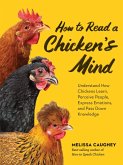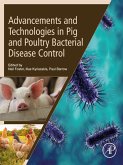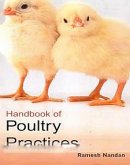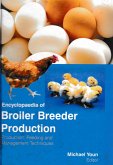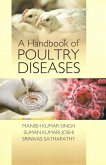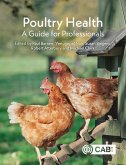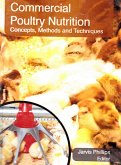Poultry science is a specialization of animal science concerned with finding improved and more effective ways of raising poultry that produce flavorful and healthy eggs and meat. The term poultry actually refers to a variety of bird types raised on farms for food, fiber or entertainment. Standardized shelter constructions as well as provision of nutritional feed are responsibilities that have to be undertaken by those rearing poultry birds. The important issues with poultry include humane treatment, beak trimming, antibiotics used on poultry, poultry feed including arsenic, avian influenza, efficiency in farming and economic factors. Technology that is implemented in this sector may be mechanized or manual. Poultry scientists may also seek to increase poultry production and profit while maintaining quality. Other birds in the poultry category are turkeys, ducks, geese, quail, pheasants, ostriches, and many more. This book is intended to provide an advance framework on poultry science, methods and strategies. The various sub-fields of poultry science along with technological progress that have future implications are glanced at in this book. It focuses on strategies for salmonella control, detection methods for mycoplasmas, chemical contaminants in poultry, feed resource for poultry, foodborne pathogens and mycotoxins and control of aflatoxicosis. It also presents antibiotic use in poultry production and adenoviruses. This book is compiled in such a manner, that it will provide in-depth knowledge about the theory and practice of poultry science. The main aim of the book is to familiarize students with the vital concepts of poultry science and make them understand the primary techniques used in this field. It is a comprehensive reference for the poultry industry, students, researchers as well as practitioners.
Dieser Download kann aus rechtlichen Gründen nur mit Rechnungsadresse in A, B, BG, CY, CZ, D, DK, EW, E, FIN, F, GR, HR, H, IRL, I, LT, L, LR, M, NL, PL, P, R, S, SLO, SK ausgeliefert werden.



